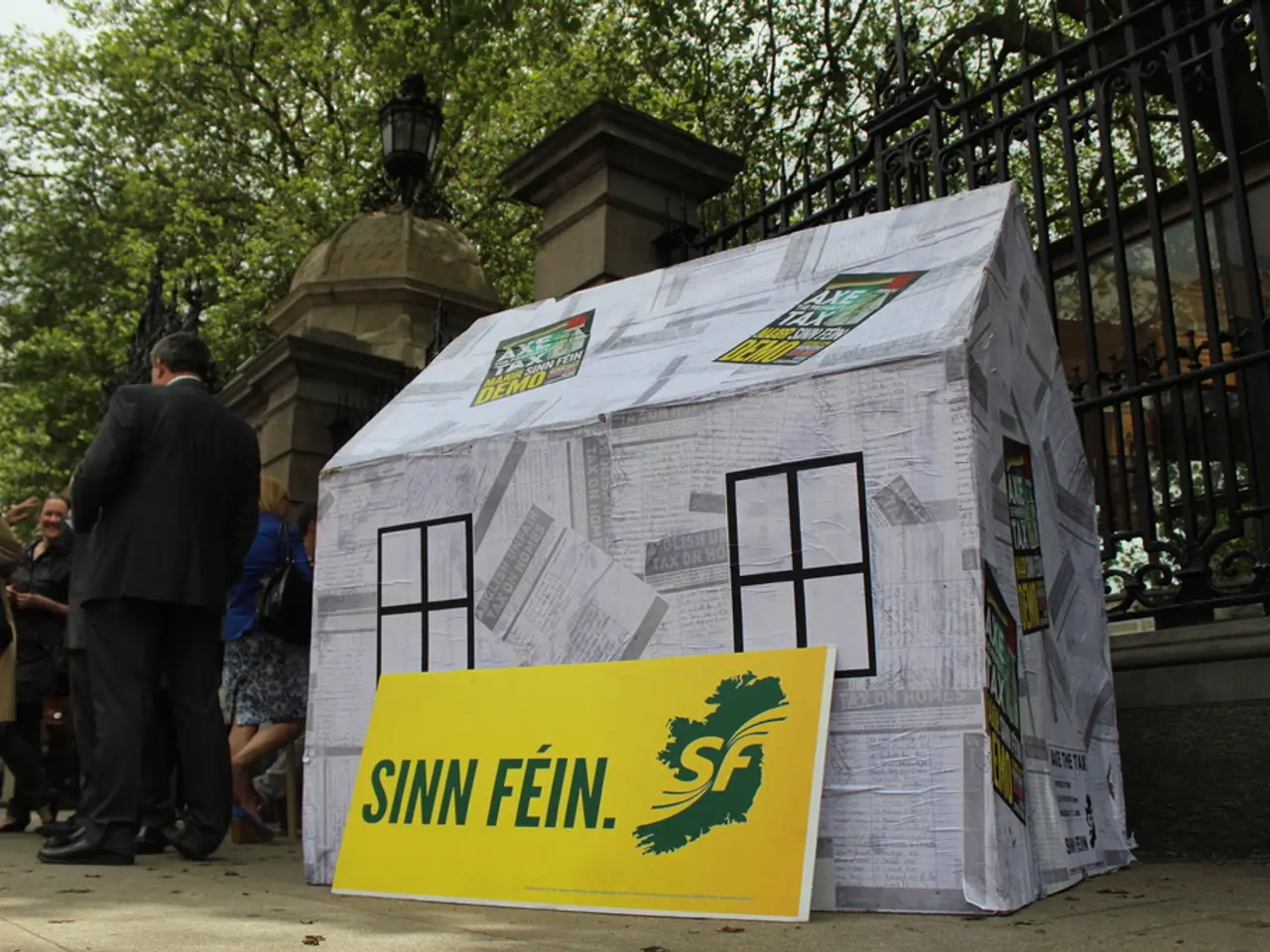Impact Analysis: The True Consequences of a Rent Cap in New York City
In the heart of New York City, a rent freeze for rent-stabilized tenants could provide significant relief and reduce displacement risk for over 2 million residents. However, this policy also poses severe financial risks for landlords and could degrade housing quality.
According to a report by the NYU Furman Center, the Citizens Budget Commission, and the Community Preservation Corporation, approximately 200,000 rent-stabilized apartments are in functionally bankrupt buildings. These buildings, with no access to new capital, force owners to prioritize mortgage, property taxes, insurance, or maintenance payments, often at the expense of housing quality.
For tenants, the rent freeze means historic rent relief and protection from sharp rent hikes. However, tenants in market-rate units within the same buildings may face increased rents to compensate for lost income on stabilized units, potentially exacerbating affordability issues for those not covered by the freeze.
Operating costs for landlords have risen by approximately 28% over five years, but with rents frozen, landlords risk negative cash flow, particularly in aging, rent-stabilized buildings. Many landlords have reduced maintenance spending, accelerating physical deterioration and declining housing quality. Financial distress is evident, especially in outer boroughs like the Bronx, where defaults and loan distress are increasing, property values are falling sharply, and some owners are forced to cover expenses with personal funds.
A recent study by the Manhattan Institute projects that rent freezes could slash annual returns on stabilized housing by 15–20%, risking widespread disinvestment or property defaults. The bifurcation between rent-stabilized and market-rate units may intensify, with free-market rents rising to offset losses, potentially increasing housing cost disparities.
The policy also shifts financial burdens across the housing market, with ripple effects on investment and affordability in both stabilized and free-market segments. The Community Preservation Corporation, a large mission-driven affordable housing lender, has stated that rent freezes will lead to more foreclosures and distress for rent-stabilized housing. Nonprofits and community-based housing providers will not survive rent freezes without additional support, according to the Community Preservation Corporation's testimony to the Rent Guidelines Board.
This year, the Rent Guidelines Board's annual data shows that landlords' net operating income (NOI) rose 12%, driven almost entirely by growing rents in free-market units. Repairs and maintenance are often the first to be cut in distressed buildings due to financial constraints.
In summary, while the rent freeze aims to preserve affordability and protect tenants, it risks undermining the financial stability of landlords and the physical integrity of rent-stabilized buildings, potentially worsening housing quality and availability in the long term. The policy also shifts financial burdens across the housing market, with ripple effects on investment and affordability in both stabilized and free-market segments.
Investing in real-estate, particularly rent-stabilized properties, could become less attractive due to the potential 15-20% annual return reduction from rent freezes, according to a study by the Manhattan Institute. This could lead to widespread disinvestment or property defaults in these sectors, impacting the housing-market. Conversely, market-rate units within the same buildings might experience increased rents, contributing to affordability issues for tenants not covered by the freeze. The financial distress in the rental market, especially in areas like the Bronx, may encourage more foreclosures and financial distress for rent-stabilized housing, as stated by the Community Preservation Corporation.




